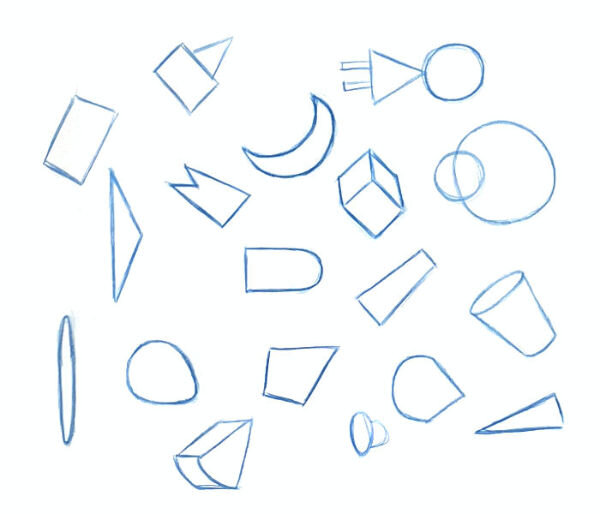Friday Fun
Yay it’s Friday and we have another fun project for today. This week our inspiration is from Pointillism.
~Remember to follow us for more great art tutorials.~
Pointillism: was the application of paint in carefully placed dots of pure, unmixed color. (Points of pure color) These dots would be blended by the viewer’s eye to create a striking image. Pointillism was a radical painting technique explored by Georges Seurat and Paul Signac in Paris in the mid-1880s.
Let’s jump in and have some fun.
Supplies:
pencil & eraser
small canvas or canvas paper
cheap acrylic paints & paint brushes
Colors can be anything you want.
Draw out your pet portrait, if you don’t have a pet you can use free domain references found on the internet. Have fun with it, don’t worry about the little details you wont see them in the final painting. Remember we are being inspired by Georges Seurat.
Start with the background. Don’t complete it just get a good amount of the background covered with color. I like to pick the main color for an area to start with.



























